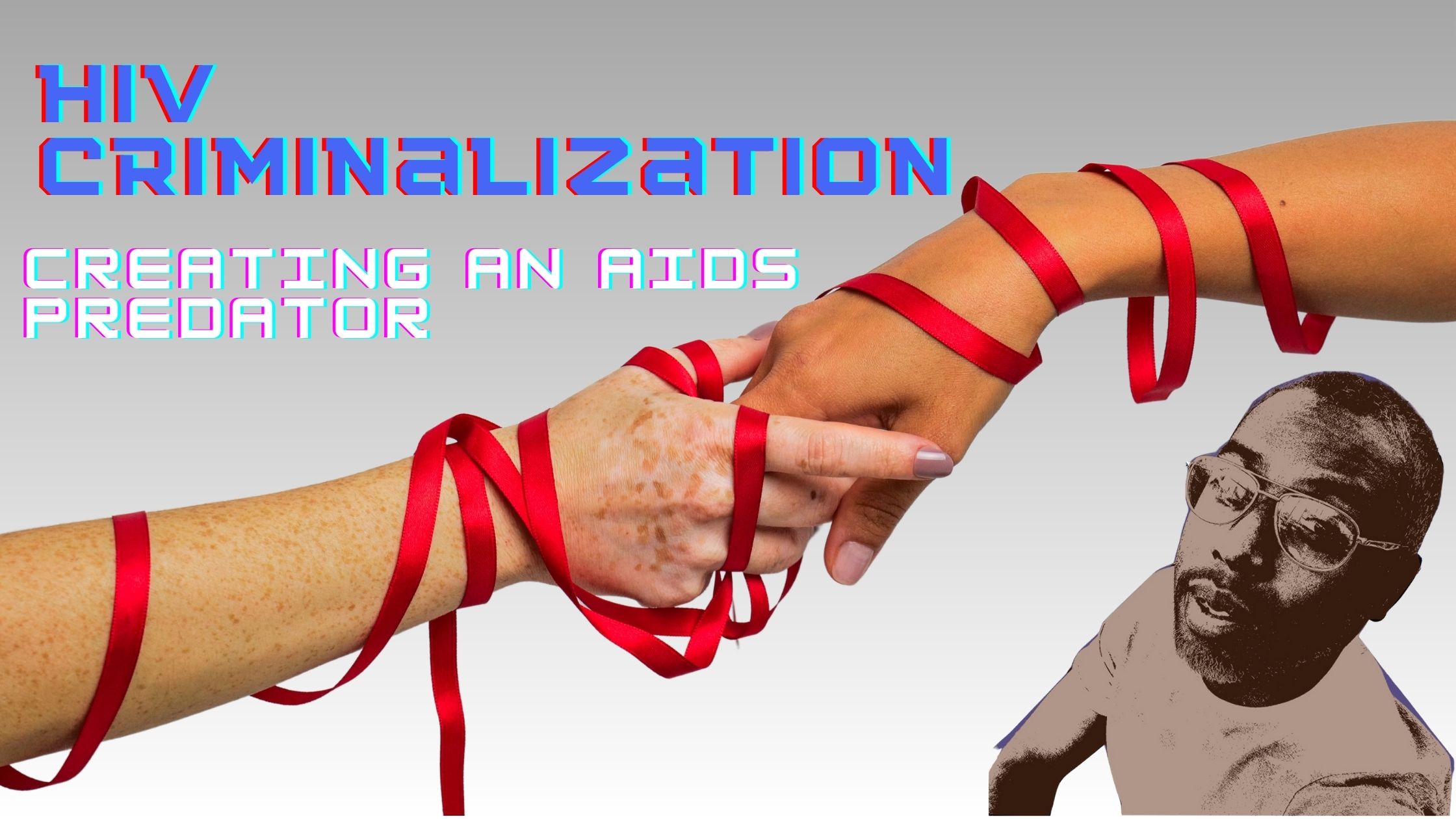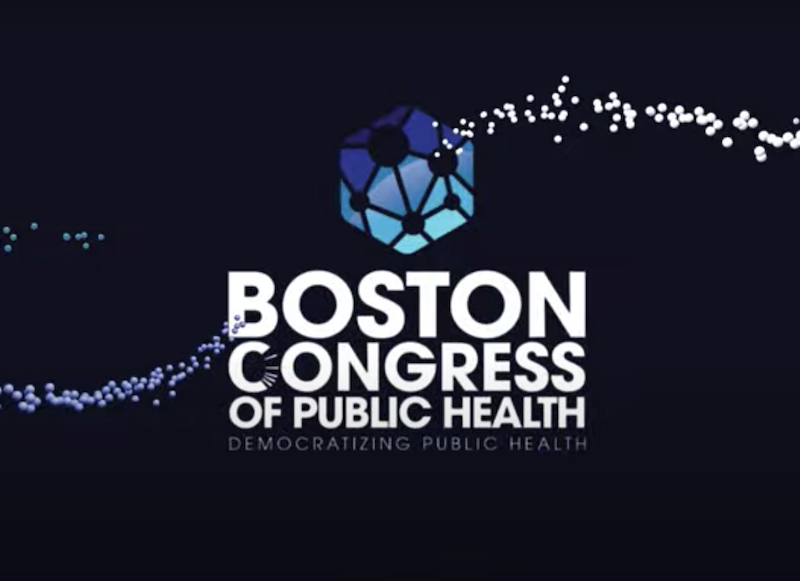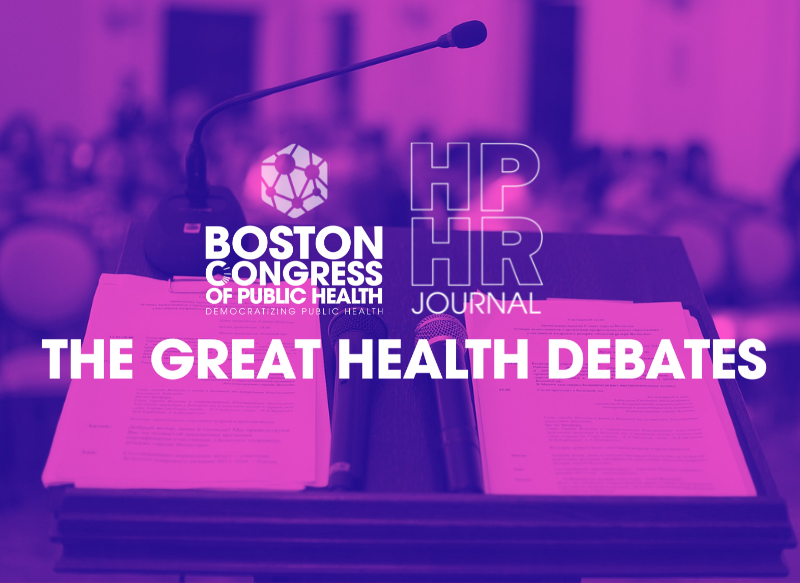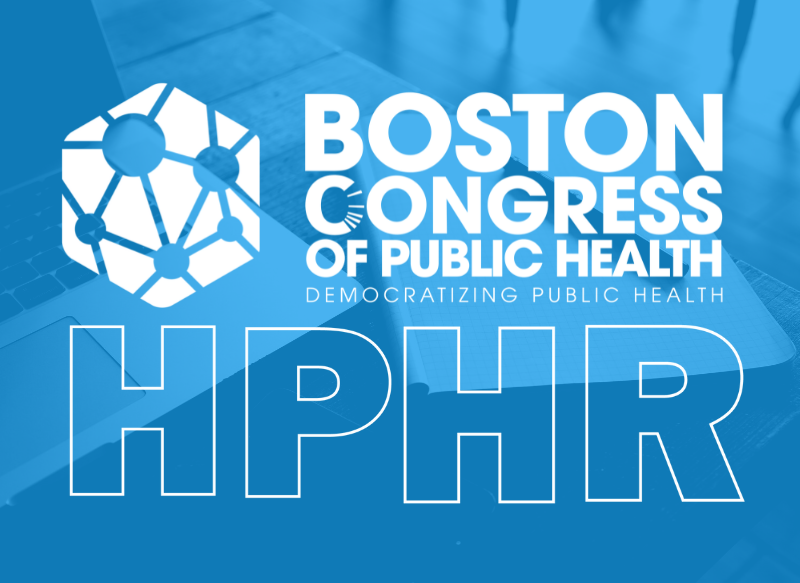I’m continuing a series exploring the relationship between community and public health institutions, with a particular focus on trust. If we have learned nothing else from the COVID-19 pandemic, we have learned that our health is intricately connected with the health of other members of our community. Because of this fact, it is vitally important that communities can trust public health information and interventions enacted by public health institutions.
One common policy believed to cause more harm than benefit to population health, is HIV criminalization. HIV criminalization refers to laws and responses to HIV transmission through means of law enforcement and the criminal justice system. This issue also speaks to the root issue of this series: trust between community and public health institutions.
I want to start out by stating that it is well past time that the public health community takes a decisive stance against the use of the criminal/legal system in response to matters of public health. Instances where public health systems and institutions resort to policing or jail time to enforce their policies constitute a failure of public health. At that point, we have lost the trust of the community and have resorted to measures known to further erode that trust and cause harm to those we are entrusted to serve.

At the height of the HIV epidemic in 1997, 19-year-old, Nushawn Williams was arrested in Jamestown, New York for allegedly exposing numerous women to HIV. Williams was tested for HIV in 1996 during an arrest for petty larceny, Chautauqua County Health Department officials claim that he was informed of his HIV status immediately. Williams claims that he does not recall being informed of his HIV status at that time. Months later, a number of young women who tested positive for HIV in Jamestown, New York connected their diagnosis back to Williams.
An onslaught of media coverage followed, branding Williams an HIV predator. Stories rehashed Williams’ arrest and warned women who had sex with him to get tested for HIV. Then-Mayor Rudy Guliani called on Williams to be tried for murder, resulting in Williams’ conviction under the New York State’s HIV criminalization law. Williams was sentenced to 12 years for allegedly exposing at least 14 women to HIV, one of whom was just 13 years old.
After serving his 12-year prison sentence, in 2010 Williams was retained behind bars under the state’s 2007 Sex Offender Management and Treatment Act, at the direction of then-New York state attorney general Andrew Cumo. This law, codified after Williams’ initial sentencing, allows for the most dangerous sex offenders to either be retained in state custody or placed on strict and intensive supervision and treatment.
The 2007 Sex Offender Management and Treatment Act year one report states: “Civil Management was never intended to apply to every sex offender. In fact, the legislation was designed to target only those offenders who suffer from a mental abnormality and pose the greatest risk of committing a new crime.” Some reports claim that Williams suffers from antisocial personality disorder.
“The real problem in the public eye is the HIV issue, that he transmitted HIV to individuals. They allege he did it knowingly, but to this day he tells me he wasn’t really sure,” Williams’ lawyer Daniel Grasso told ABC News. Although the state attorney general is allowed discretion in determining the applicability of this law, and there is an option between civil confinement and strict and intensive supervision and treatment, Williams remains in state custody to this day.
Needless to say, HIV criminalization is not a new issue, since 2014 twelve states have successfully modernized their HIV criminal laws to better reflect the current scientific reality of HIV and reduce harm (California, Colorado, Georgia, Illinois, Iowa, Michigan, Missouri, Nevada, New Jersey, North Carolina, Virginia, and Washington). Approximately 35 states have some sort of laws that would criminalize HIV exposure. Yet, people with HIV can still be charged with other violent crimes such as assault or battery, in states that do not have specific HIV laws.
Before we dive into the legal and ethical implications of HIV criminalization, let’s first consider the history and scientific reality of HIV in the modern day. HIV criminalization laws were first drafted around 1990, the year that the Ryan White Comprehensive AIDS Resources Emergency (CARE) Act was signed. Although some laws pre-date this legislation, the act included a mandate for states receiving funding through this policy to enact laws that criminalize the transmission of HIV. HIV, or AIDS as it was commonly known, was considered a terminal illness until 2007. At that time, the advent of HAART changed the classification to a chronic illness, as fewer people with HIV were dying.
HIV criminalization laws differ from state to state, depending on the criminal code, but most of these laws share several components:
Again, in my state prior to modernization, one could be charged for acts such as spitting or biting, which carry no risk of HIV transmission. These laws were drafted when there was much less information about HIV available. Even today, some prosecutors might favor penalties for acts that carry no risk of transmission for reasons other than preventing HIV.
Intent “Mens rea” or criminal intent refers to the state of mind required to prosecute someone for a particular criminal action. Mens rea establishes a standard for purposeful action required to charge someone for a crime. As it pertains to HIV criminal laws, we want to make sure that people are only charged for deliberate attempts to cause harm through the transmission of HIV.
Using Missouri as an example again, prior to the modernization, law could prosecute “reckless” exposure and transmission of HIV. Mens rea was simply knowing that you have HIV and having sex without disclosing. This means that regardless of intention, one could be prosecuted with a crime for simply not being able to prove that they disclosed their HIV status.
I come across horrendous stories involving someone accused of “knowingly” transmitting HIV all the time on social media and in all different forums. Even local news outlets share these stories, as if performing some sort of public service, But I find these stories to be especially stigmatizing. Publishing and sharing these stories reflect a simple indication of one’s acceptance of people with HIV.
HIV criminalization remains a controversial component of the public health landscape in the ongoing response to HIV. I think public health leaders fail to acknowledge that the very same systems urging historically marginalized communities to test for HIV include avenues for prosecution. Although we would like to think of these systems as separate, we need to have a more honest conversation about the ways that public health is complicit in the criminal prosecution of people with HIV.
The mission of the Boston Congress of Public Health Thought Leadership for Public Health Fellowship (BCPH Fellowship) seeks to:
It is guided by an overall vision to provide a platform, training, and support network for the next generation of public health thought leaders and public scholars to explore and grow their voice.





